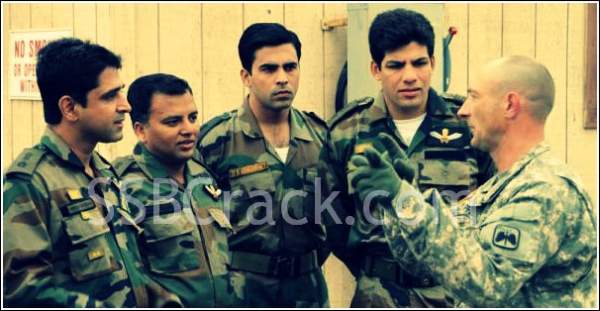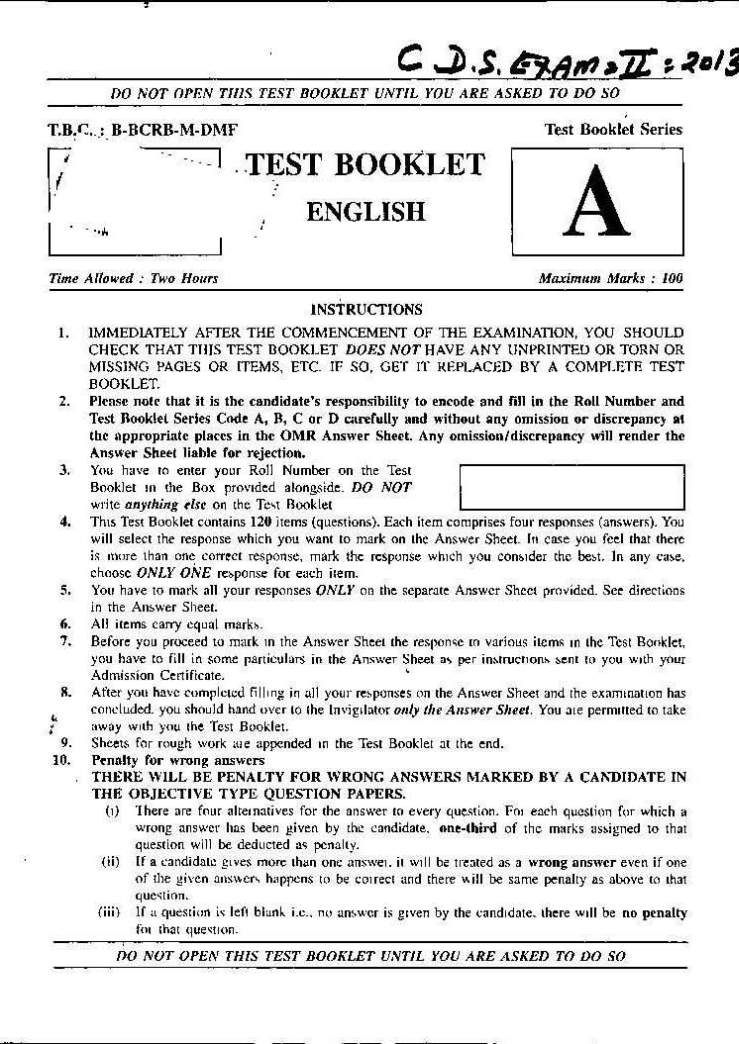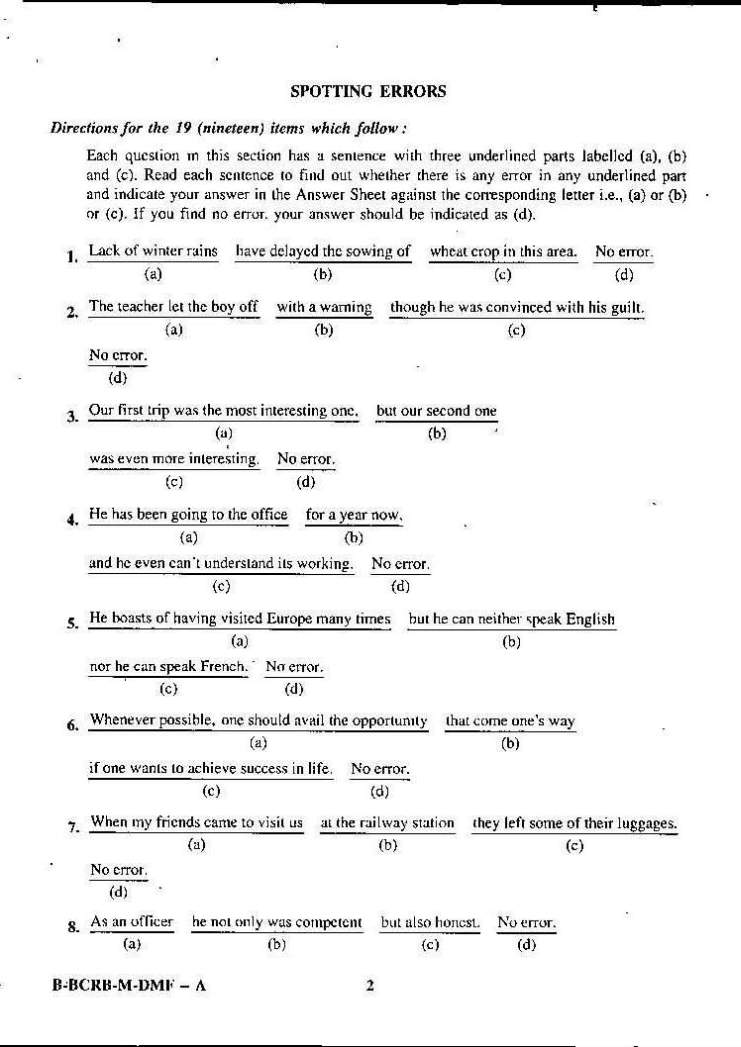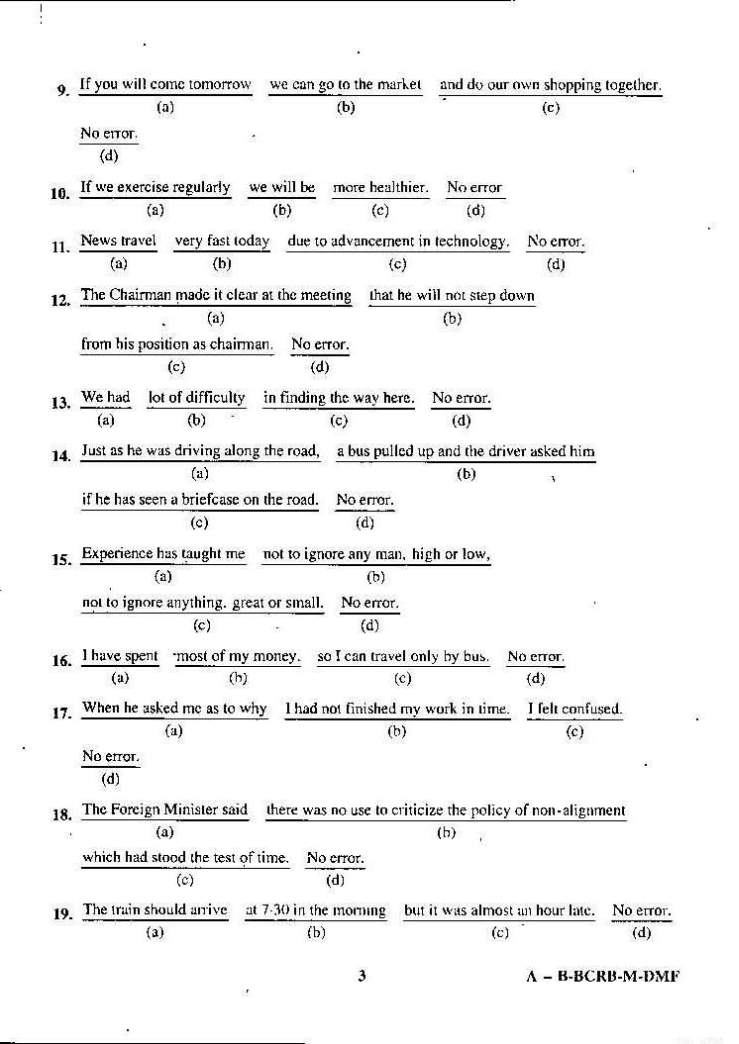Yes, you are eligible to join the Indian Army after completing B.Com, You can get into Indian Army through Combined Defense Service Examination.
The Combined Defense Service Examination is conducted by the Union Public service commission (UPSC).
Eligibility:
Candidate need to pass the graduate degree in any discipline form recognized university.
Age Criteria:
Age of the candidate should lie between the 19 years to 24 years.
Nationality:
A Citizen of India, or
A subject of Bhutan, or
A subject of Nepal, or
A Tibetan refugee or equivalent
Combined Defense Service Examination Pattern:
English 100 marks
General Knowledge 100 marks
Elementary Mathematics 100 marks
Total 300 marks
Important Dates:
Date of Commencement of Exam was: 15th February 2015
Duration of Exam.: 01 Day
Combined Defense Service Examination syllabus
English Syllabus
The question paper is designed to test your understanding of English and workmanlike use of words.
Questions in English are from Synonyms, Antonyms, Reading Comprehension, Para Jumbles, Error Spotting, Jumbled Sentences, Sentence Correction and Fill in the Blanks.
General Knowledge Syllabus
General Knowledge including knowledge of current events and of such matters of everyday observation and experience in scientific aspects as may be expected of an educated person who has not made a special study of any scientific subject. The paper also includes questions on History of India and Geography of a nature.
Elementary Mathematics Syllabus
Arithmetic
Number System - Natural numbers, Integers, Rational and Real numbers. Fundamental operations addition, subtraction, multiplication, division, Square roots, Decimal fractions.
Unitary method - time and distance, time and work, percentages, applications to simple and compound interest, profit and loss, ratio and proportion, variation.
Elementary Number Theory - Division algorithm. Prime and composite numbers. Tests of divisibility by 2, 3, 4, 5, 9 and 11. Multiples and factors. Factorisation Theorem. H.C.F. and L.C.M. Euclidean algorithm, Logarithms to base 10, laws of logarithms, use of logarithmic tables.
Algebra
Basic Operations, simple factors, Remainder Theorem, H.C.F., L.C.M. Theory of polynomials, solutions of quadratic equations, relation between its roots and coefficients (Only real roots to be considered). Simultaneous linear equations in two unknowns-analytical and graphical solutions. Simultaneous linear equations in two variables and their solutions. Practical problems leading to two simultaneous linear equations or inequations in two variables or quadratic equations in one variable & their solutions. Set language and set notation, Rational expressions and conditional identities, Laws of indices.
Trigonometry
Sine x, cosine x, Tangent x when 0 < x < 90 degrees, Values of sin x, cos x and tan x, for x = 0, 30, 45, 60 and 90 degrees, Simple trigonometric identities, Use of trigonometric tables, simple cases of heights and distances.
Geometry
Lines and angles, Plane and plane figures, Theorems on (i) Properties of angles at a point (ii) Parallel lines, (iii) Sides and angles of a triangle, (iv) Congruency of triangles, (v) Similar triangles, (vi) Concurrence of medians and altitudes, (vii) Properties of angles, sides and diagonals of a parallelogram, rectangle and square (viii) Circles and its properties including tangents and normals, (ix) Loci.
Mensuration
Areas of squares, rectangles, parallelograms, triangle and circle. Areas of figures which can be split up into these figures (Field Book), Surface area and volume of cuboids, lateral surface and volume of right circular cones and cylinders, surface area and volume of spheres.
Statistics
Collection and tabulation of statistical data, Graphical representation frequency polygons, histograms, bar charts, pie charts, etc. Measures of central tendency.
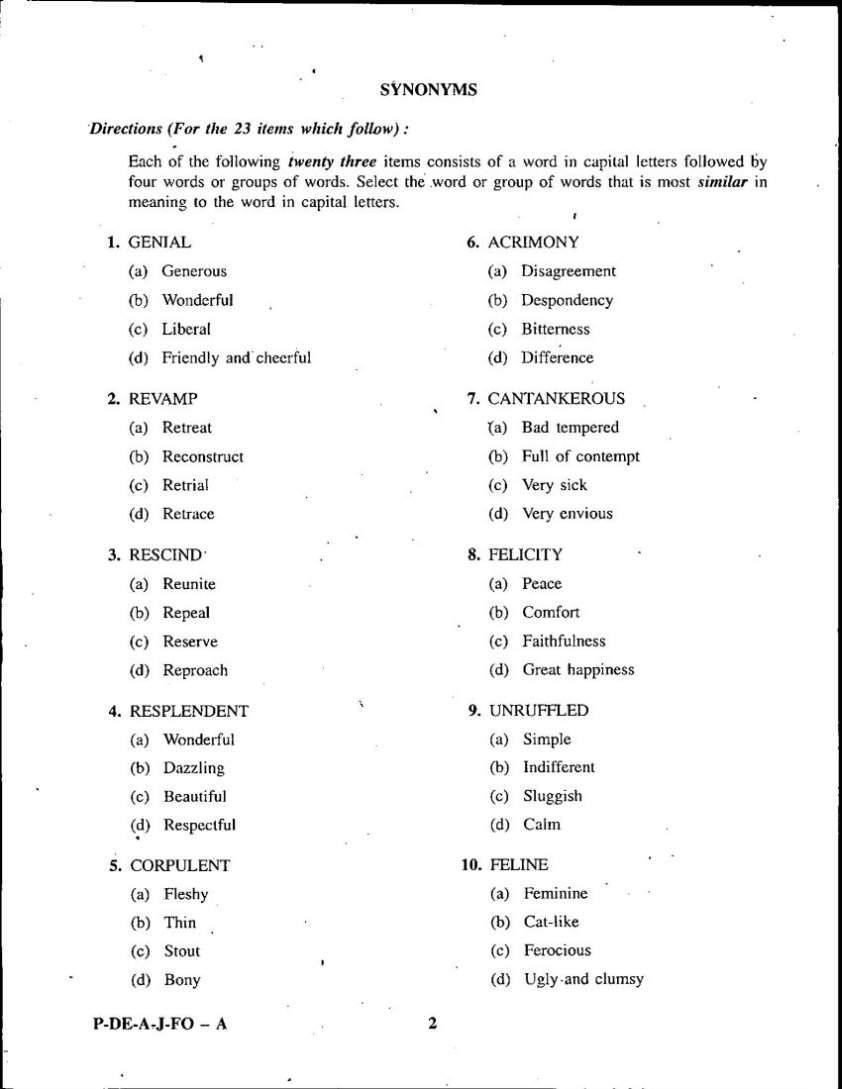
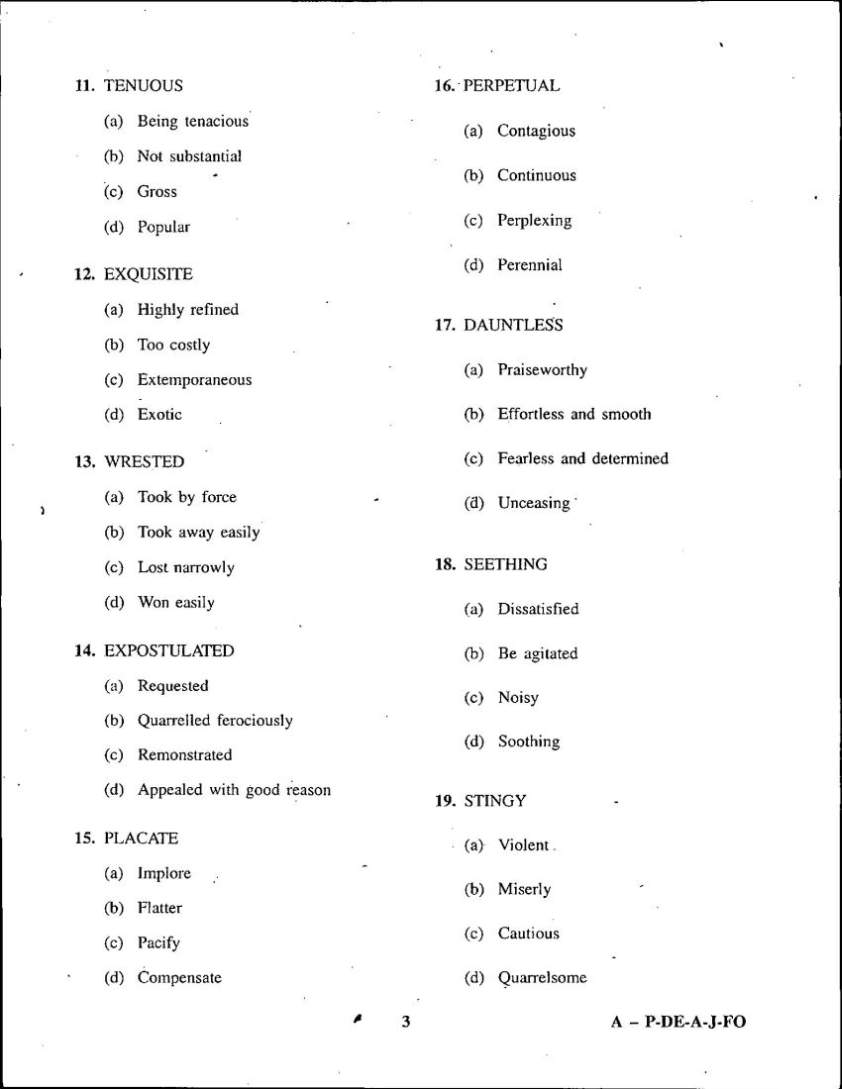
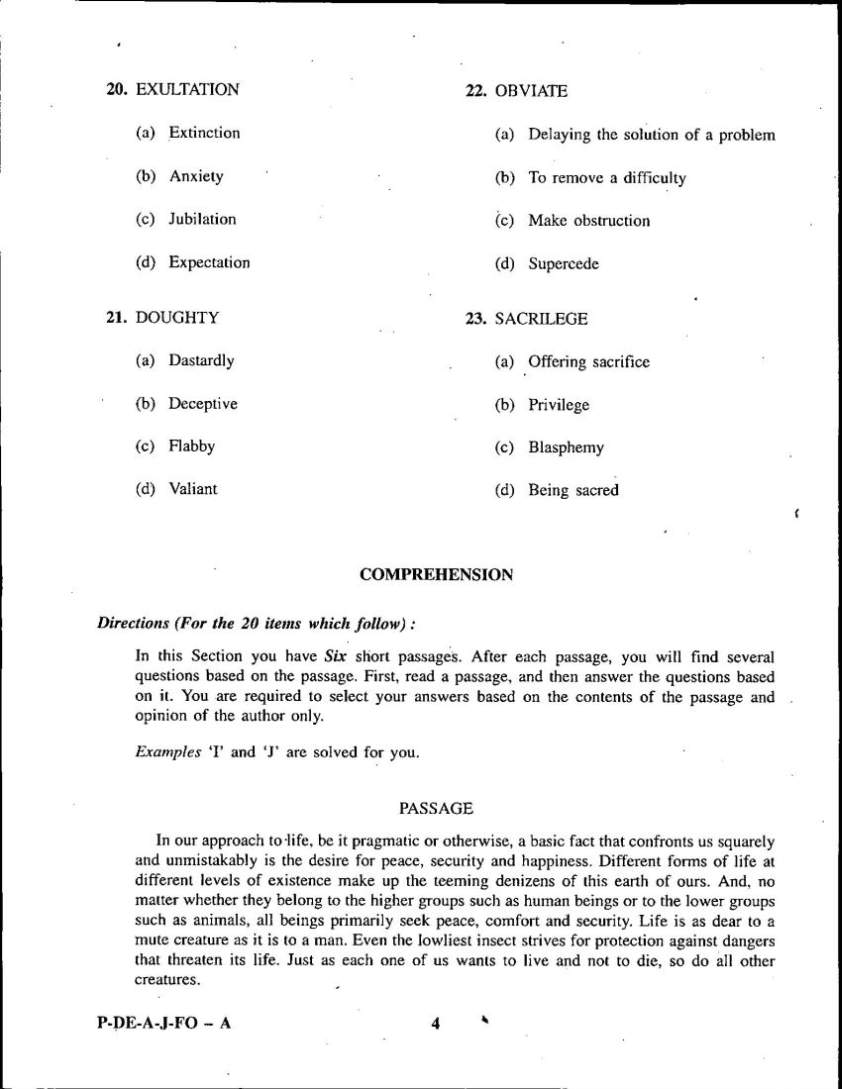
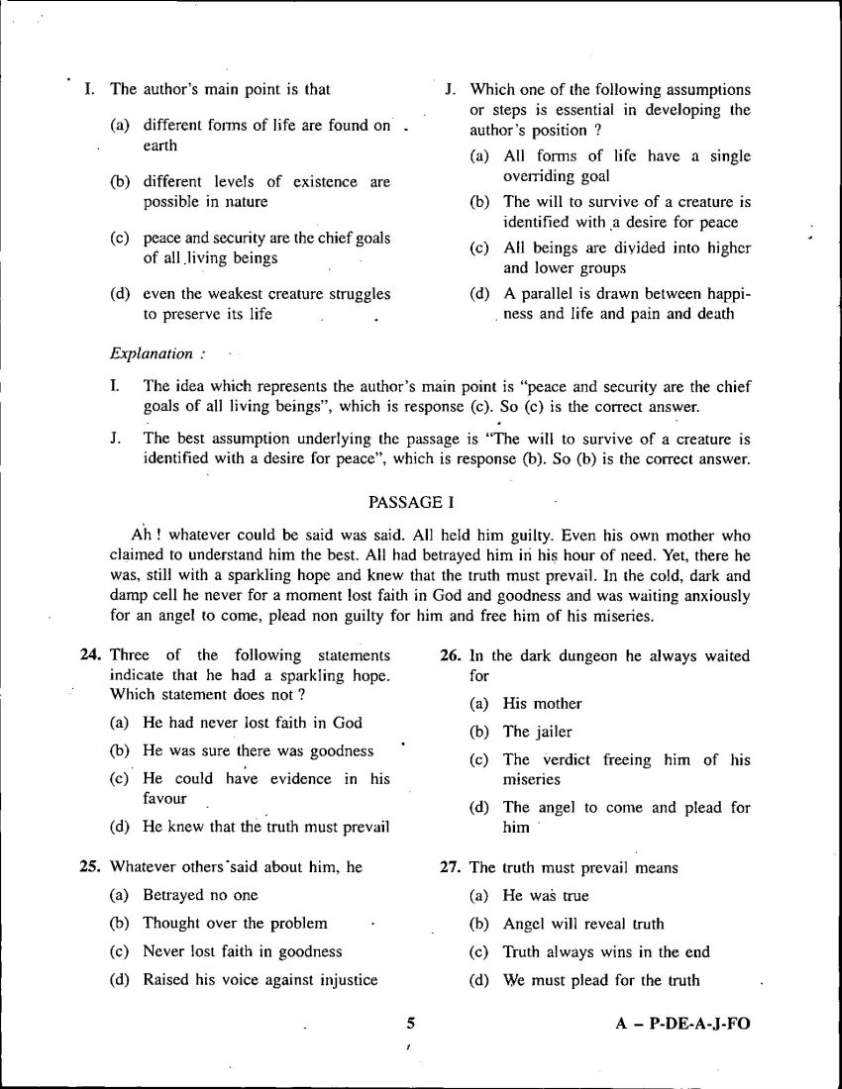
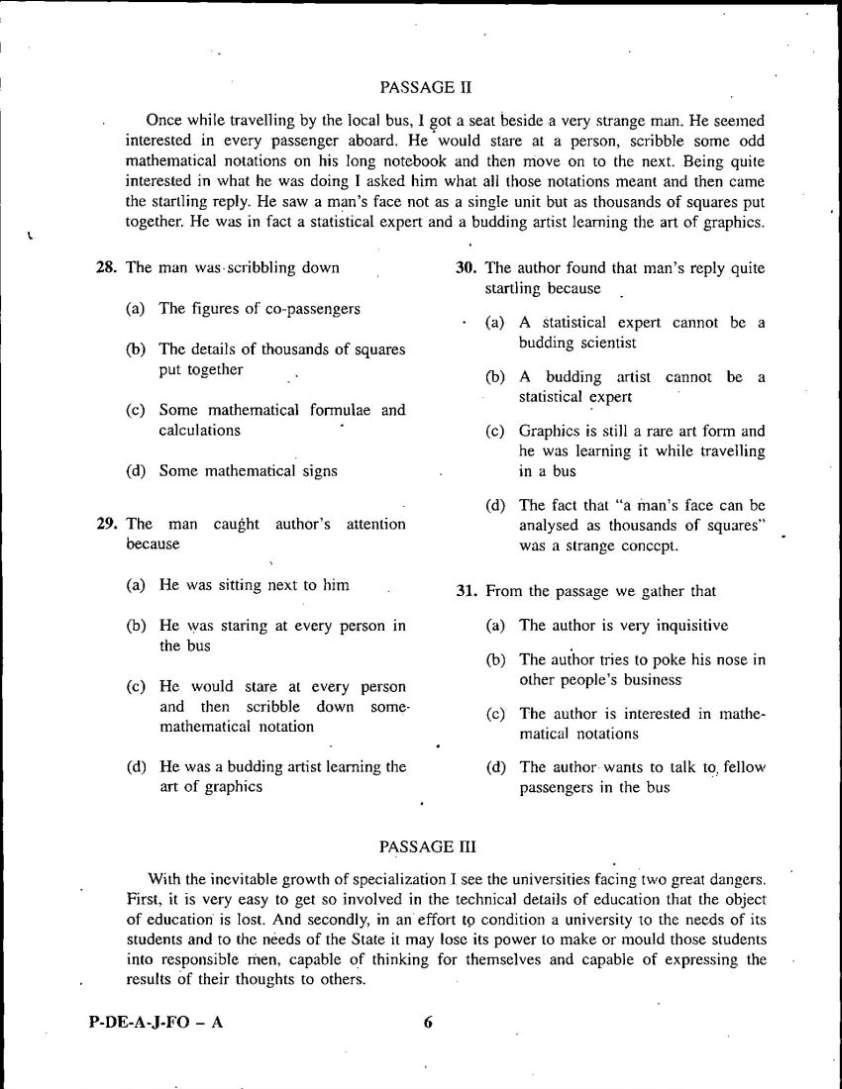
Here, I am forwarding you Combined Defense Service Examination previous year paper.
